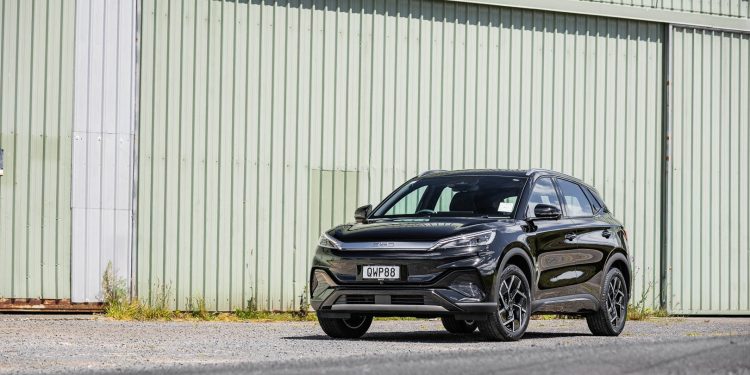2024 BYD Atto 3 Extended review
Words: Peter Louisson | Photos: Isaac Western
Funny the things you stumble upon by accident. I’d never really considered why BYD called its first offering the Atto 3. The numeral relates to size. But the Atto?
Turns out it’s borrowed from Attosecond, which is evidently the smallest measure of time in physics. So BYD felt that this suggested the vehicle would be ‘speedy, energetic and dynamic’. Go figure.
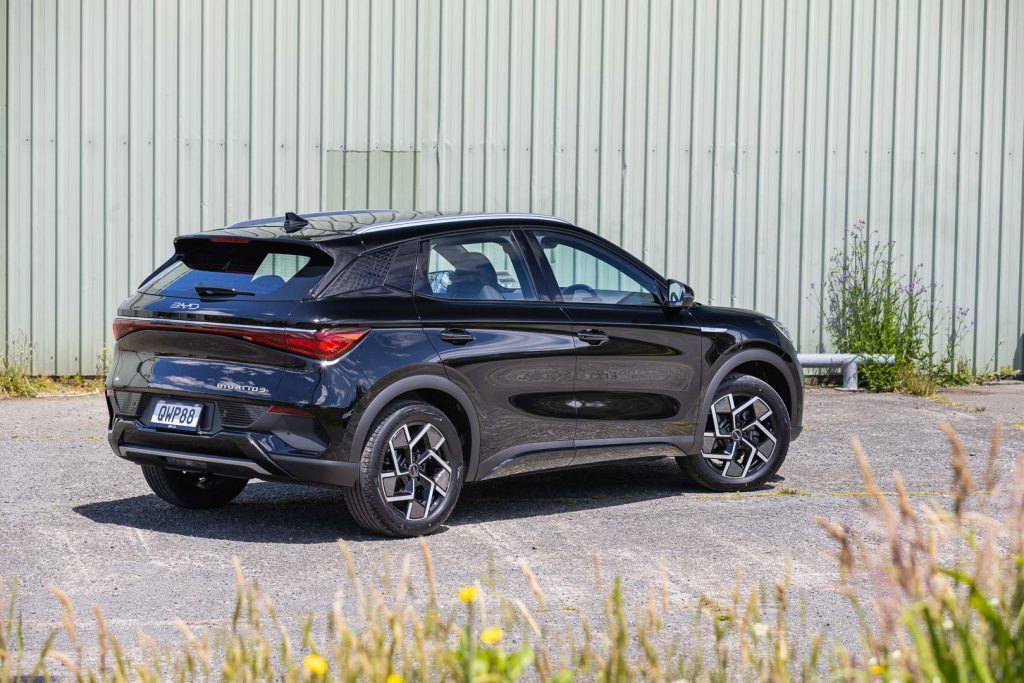
Anyhow, for 2024 BYD has made minor changes to the Atto 3. And they didn’t need to do much. Last year it was embraced by those wanting a compact (4.45m) electric crossover and a rebate.
This year, that’s gone, there’s RUCs on top, and economic uncertainty. It’s a perfect storm that’s impacting the new car market, especially EVs.
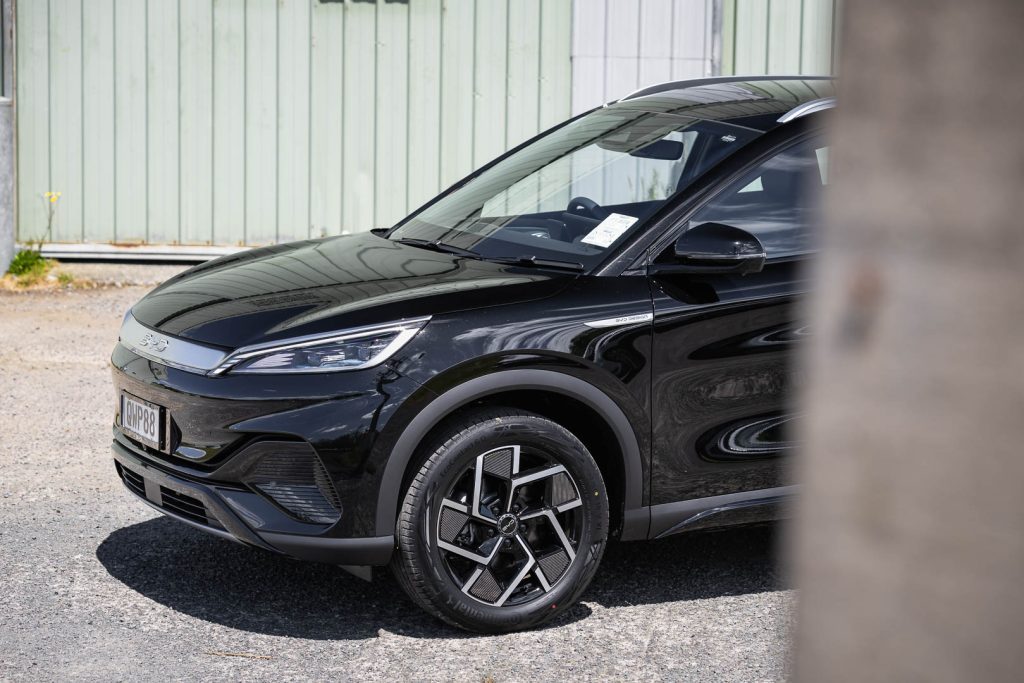
Those wanting to lower their carbon footprint should consider an EV of course. And a BYD if you want added battery security. BYD was at the forefront of lithium ion phosphate (LFP) battery tech.
It’s considered safer, can take full charges without leading to premature battery degradation and lasts longer. Plus, it’s less carbon intensive to manufacture. Around one-quarter of battery production is now of the LFP variety.
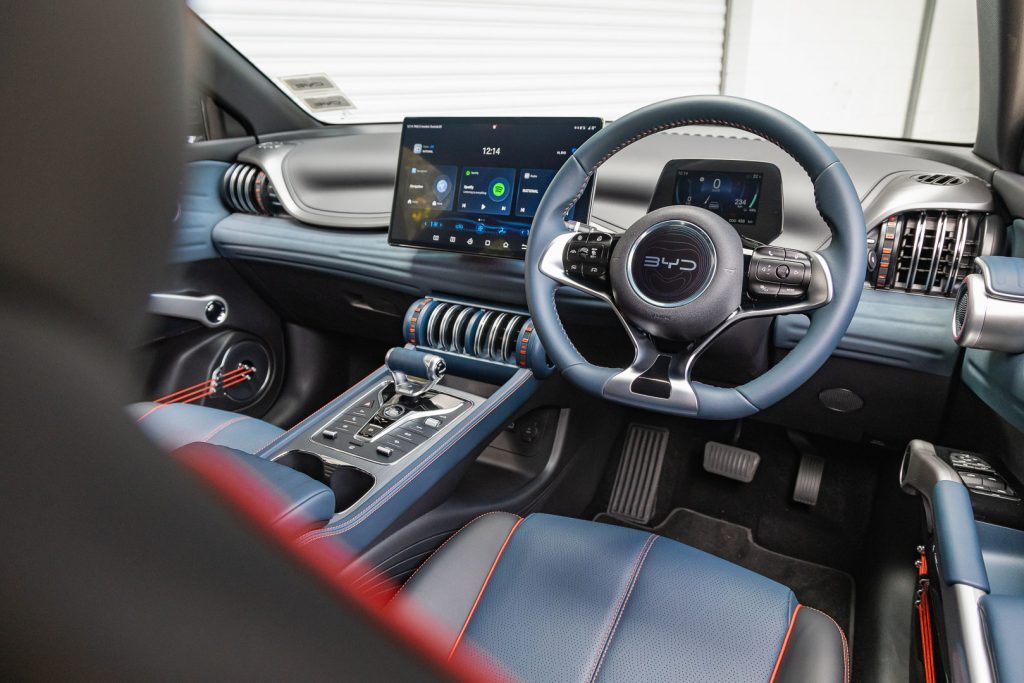
BYD is set to introduce the second generation of LFP tech soon, which is evidently more energy dense and faster charging.
What’s actually new for BYD Atto 3 Model Year 2024 then? Not a whole lot, mainly cosmetic.
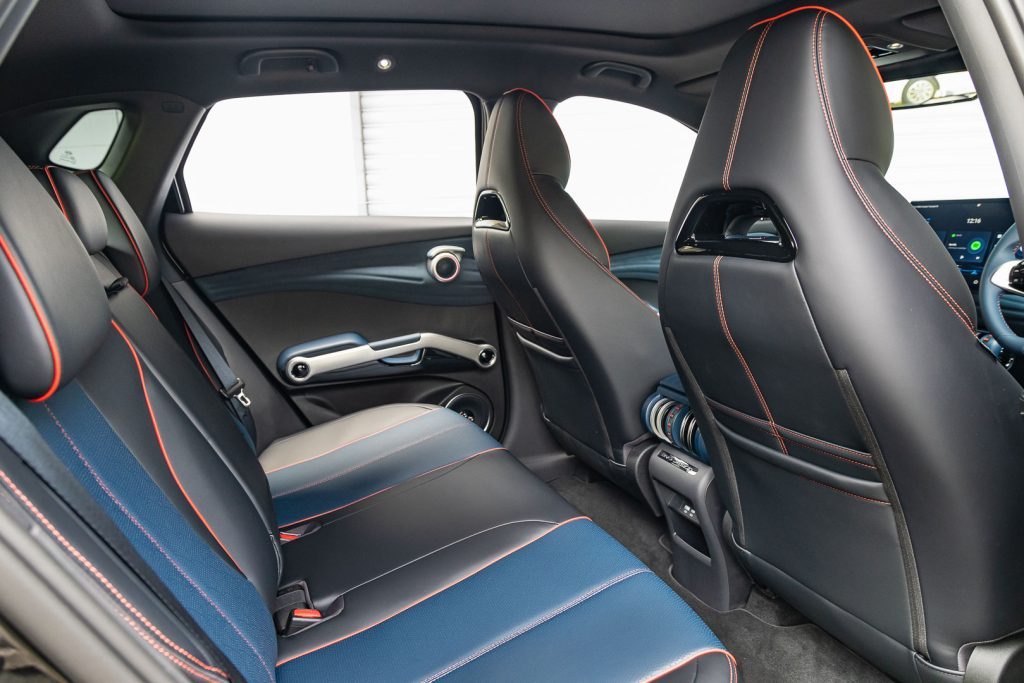
One of the things owners didn’t much like was the Build Your Dreams logo on the rear of the vehicle; it just seemed like marketing fluff. Now it’s simply BYD, which looks so much better.
There’s a new body colour (Cosmic Black) and inside the seats are finished in black and blue pleather with red piping (depending on external colour).
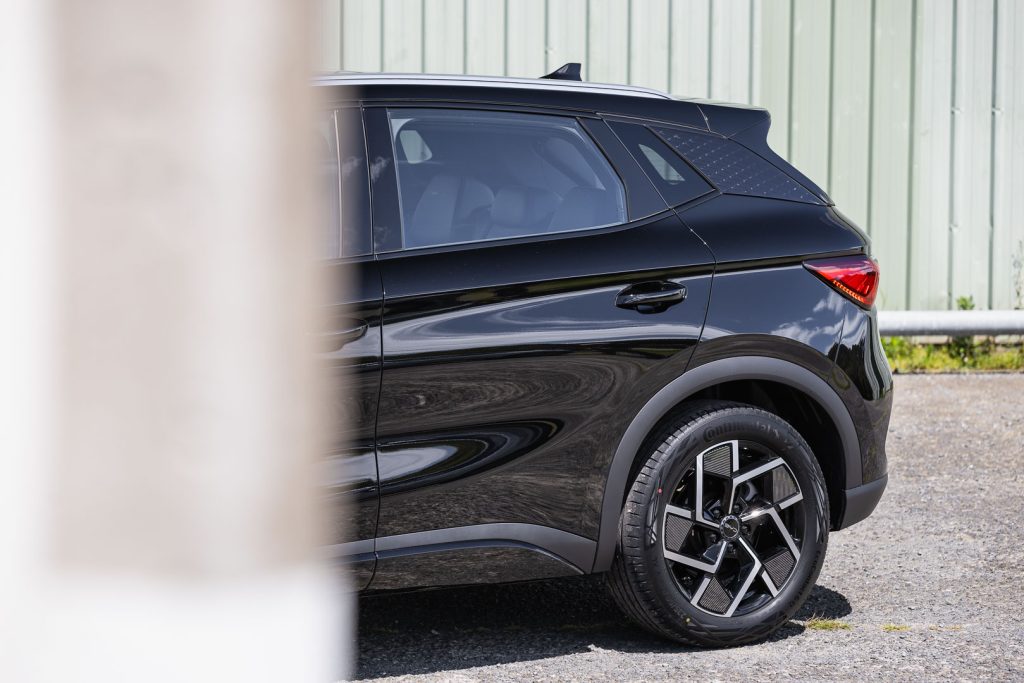
Of greater note is the bigger 15.6-inch rotating infotainment screen (up from 12.8 inches) that gives a better view of what’s behind when you’re reversing. Actually, everywhere for that matter with the surround view camera.
The mechanicals are the same as before and the lone Extended model has a 60kWh battery. There’s a 150kW/310Nm motor driving the front wheels. Range is a claimed 420km (WLTP).
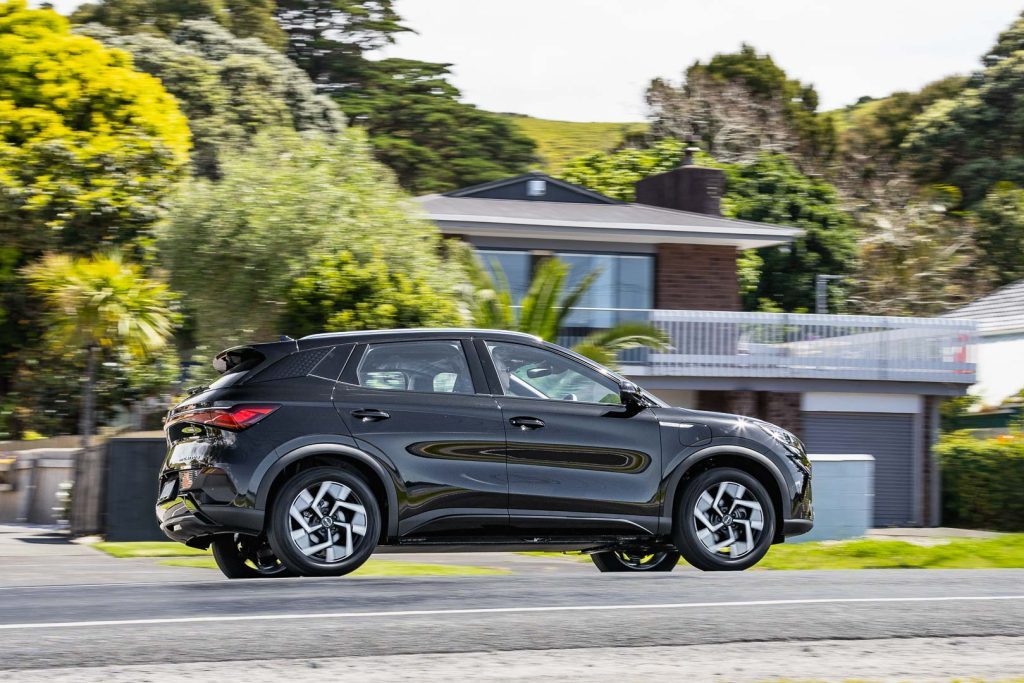
It costs $57,990. Run-out 2023 versions with similar mechanicals are still available from $51,990. The other difference is new Conti EcoContact 6Q rubber replacing the Atlas Batmans.
Being an SUV it’s a snip to enter and exit, though the unlocking mechanism is a bit annoying.
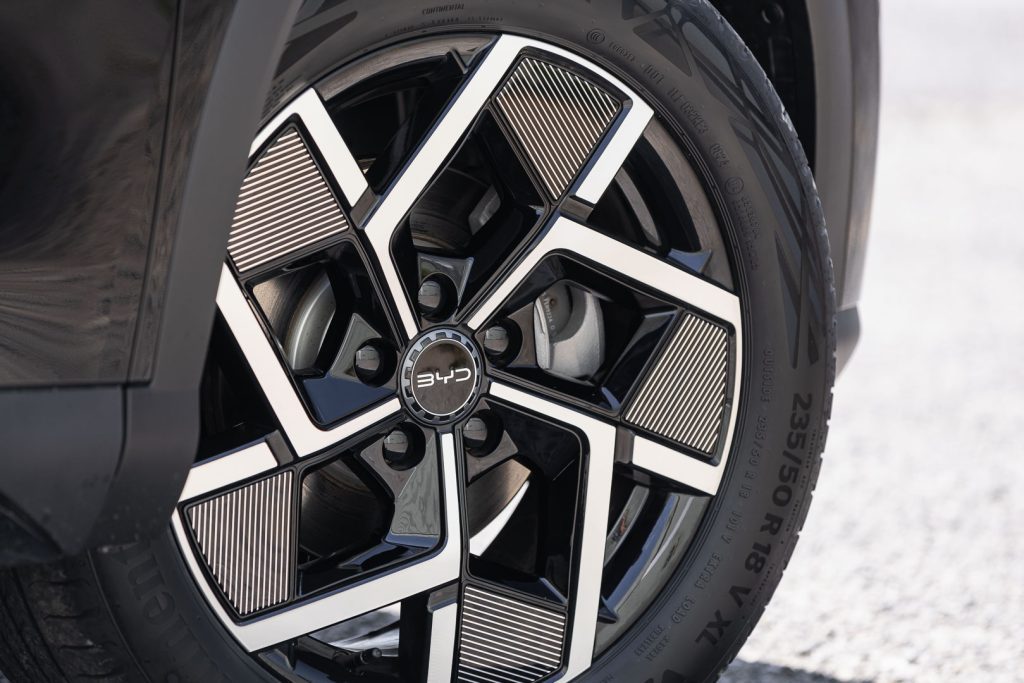
Not on the driver’s side door where there’s a keypad to touch but if you want to unlock it from the passenger side you must first find the key and hit the unlock button as there’s no key pad there.
At the rear is a button for the powered tailgate. You’d call the luggage space not bad for the class at 440L, expanding to 1340L if need be. There’s no frunk.
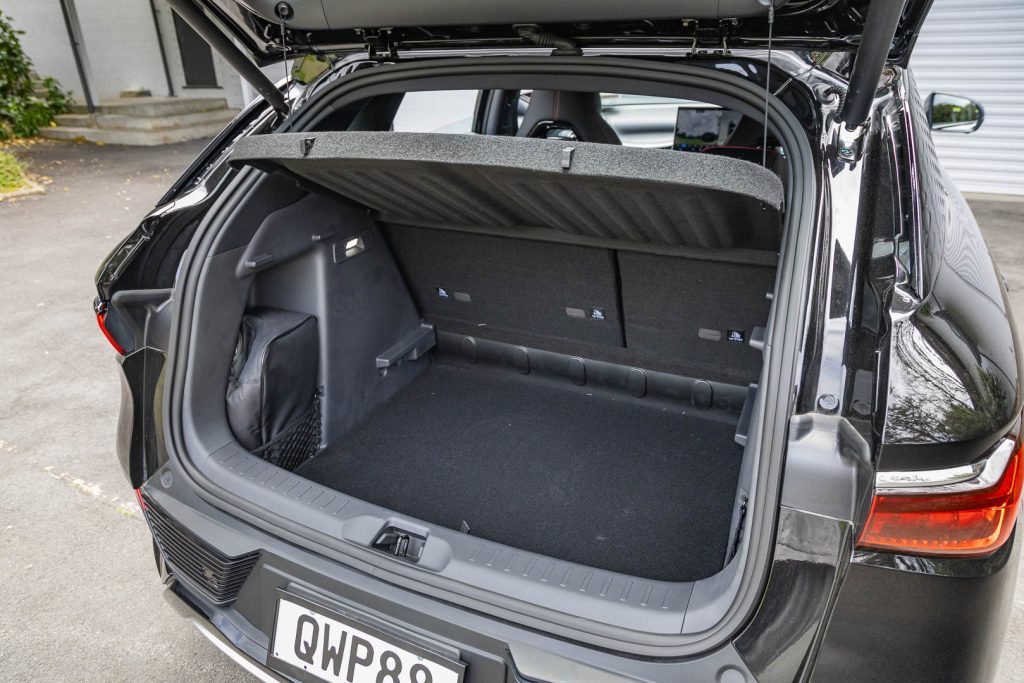
Space for the kids or teens in the second row is grand, aided by a flat floor and generous kneeroom.
Up front there’s a pushbutton to start, hit D and away you go, off in a surge of silence. On the Northern Expressway we saw energy consumption in the 19kWh/100km area.
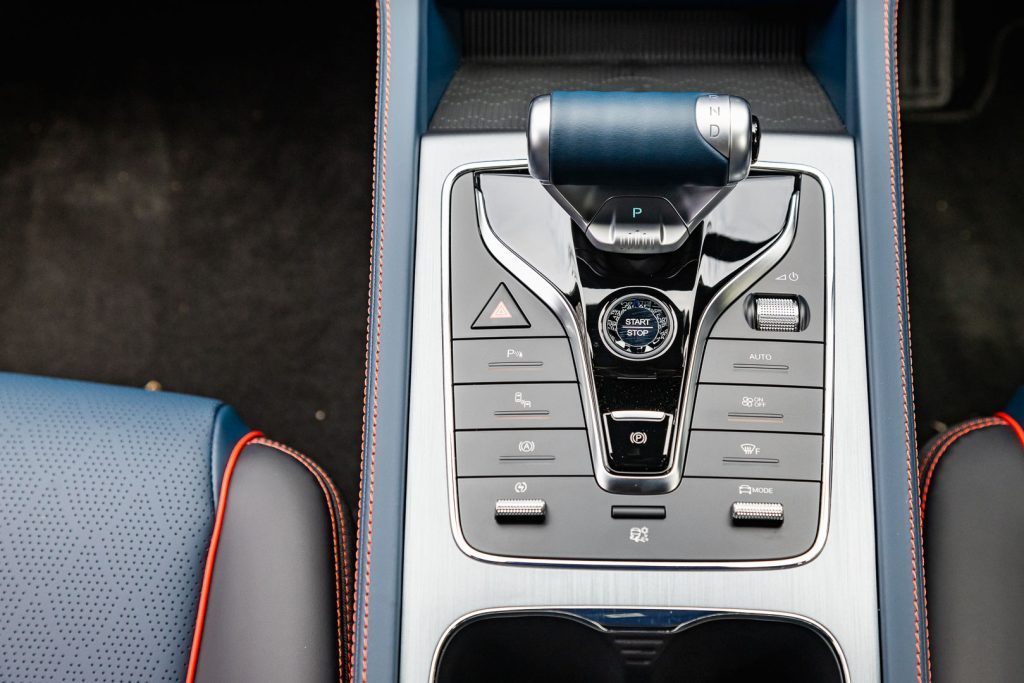
Being a moderate sized battery, a refill even using an emergency charger doesn’t take forever, although my long-suffering partner seemed to think it did.
A 24-hour charging stint saw the battery state lift from 17 to 87 per cent, ready for another week of city travel. DC charge rate is up to 88kW, so a 10-80 per cent rezip takes around 40min. Efficiency is a claimed 16kWh/100km.
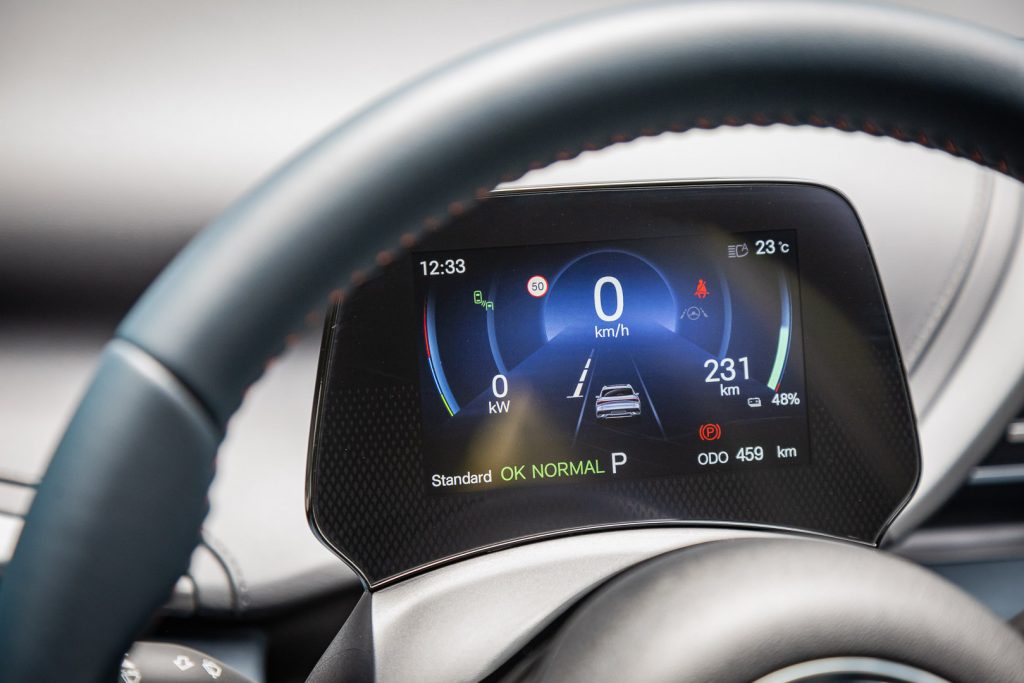
This is a practical family-sized vehicle, with space and performance entirely adequate for the job at hand. It’s quick enough, though without quite the excitement you get with more expensive dual-motor electrics.
In the dry, there’s no loss of traction on maximum take off in the Atto, nor torque steer. In the wet you might want to be a little more circumspect given there’s 310Nm flowing out through the front wheels.
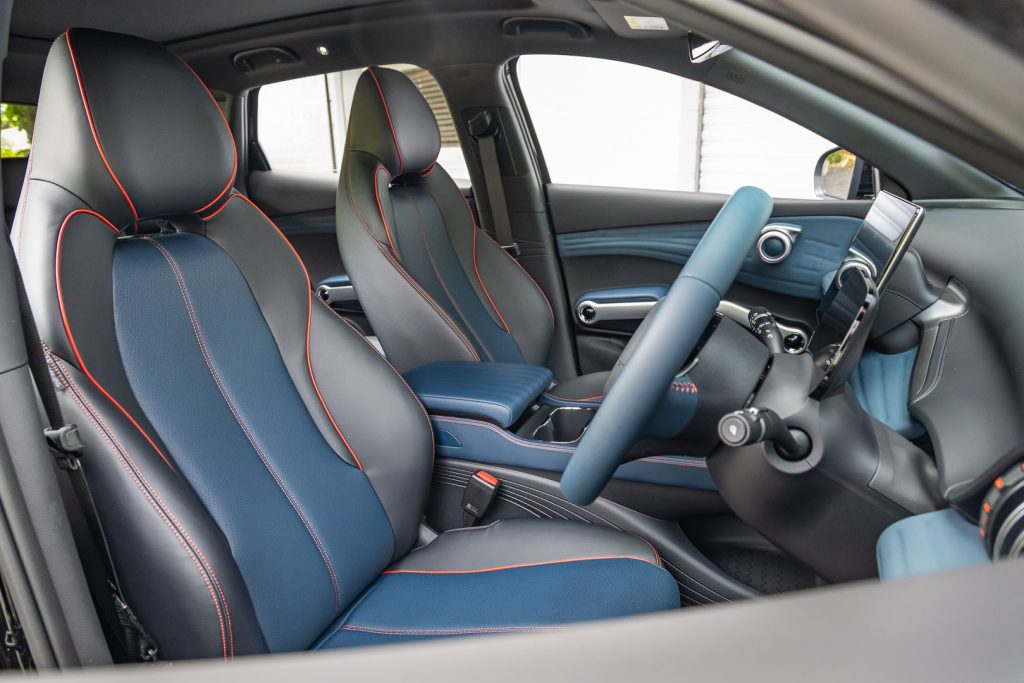
It features variable regen but there’s not a whole lot in the top setting so we left it in the middle mode.
You can monitor exactly how much regen is happening in the wee instrument cluster that is motorcycle like in size, and moves up and down with the steering column to which it is attached. It may seem tiny but clarity is good, info to the point.
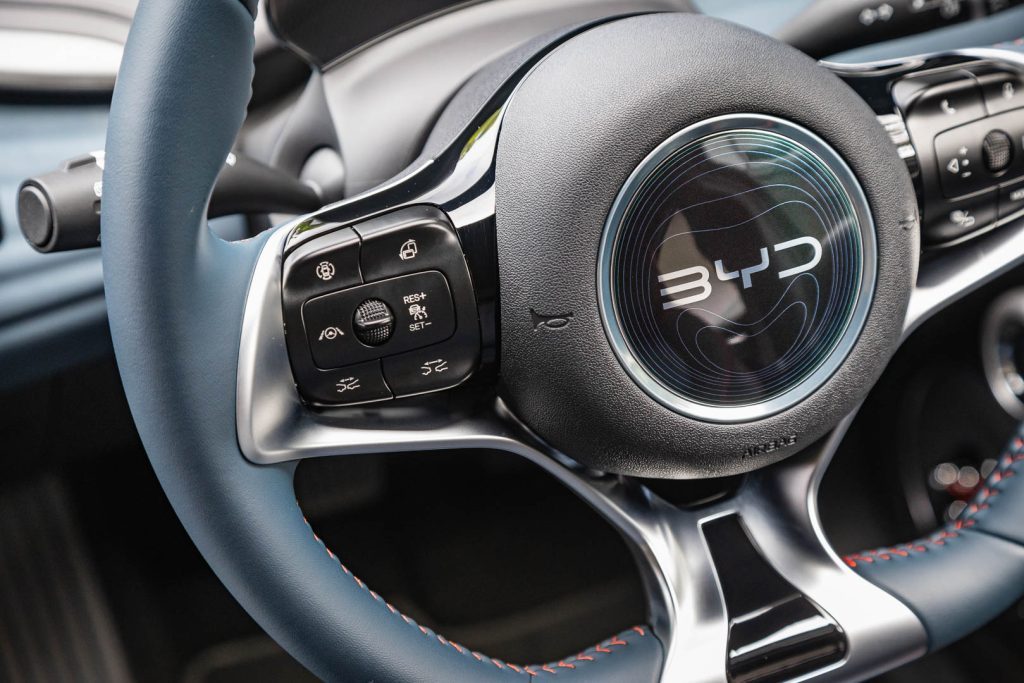
This now hangs on better in the corners. And that would be entirely attributable to the new EcoContact rubber, although good weight balance helps. Not that there’s any more steering feel exactly.
However, we’re prepared to forgive it that because of its sensational ride quality. It mops up everything in absorbent fashion. Noise levels are reassuringly low too. You hear as much wind rustle as anything.
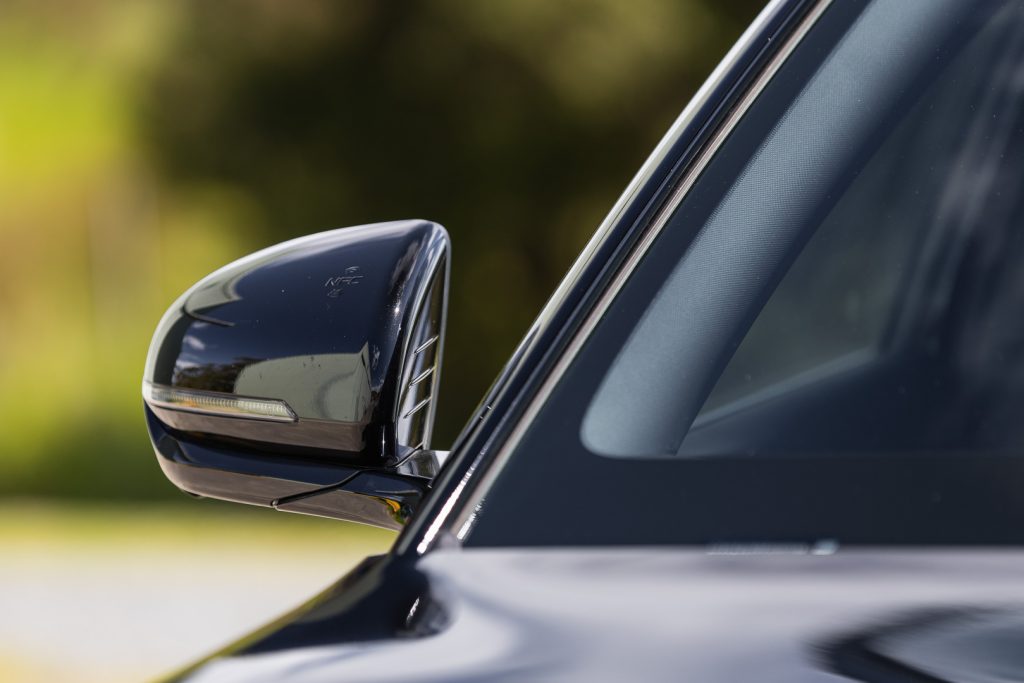
This is amongst the least annoying of the Chinese new energy vehicles in terms of safety warning bongs. Lane keeping is easily switched off too.
Like all BYDs, specification is up to speed. There are LED headlights, a three-pin plug charger, leatherette upholstery, heated and powered front seats, eight speakers, a panoramic sunroof, and a full suite of safety technology.
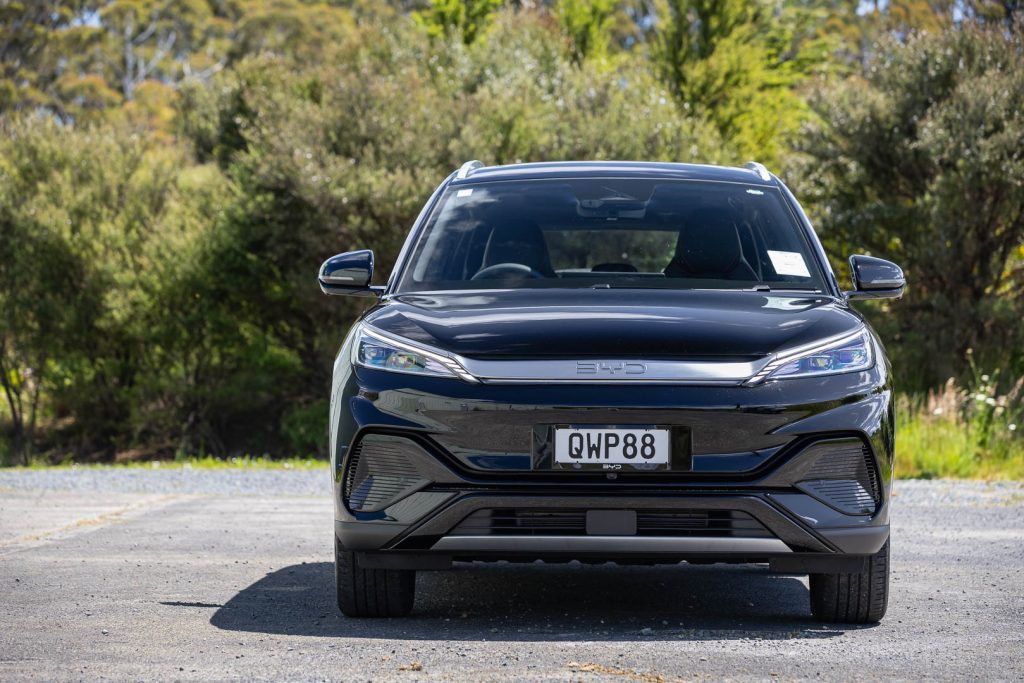
Count also on the safety bits for a five-star ANCAP result, sat nav, and a phone charger.
One other random thing Isaac, our photographer, pointed out. You can pick out a famous Violent Femmes song (Blister in the Sun) on the banjo strings that hold the drinks holders in place. Now that’s a party trick to be proud of.
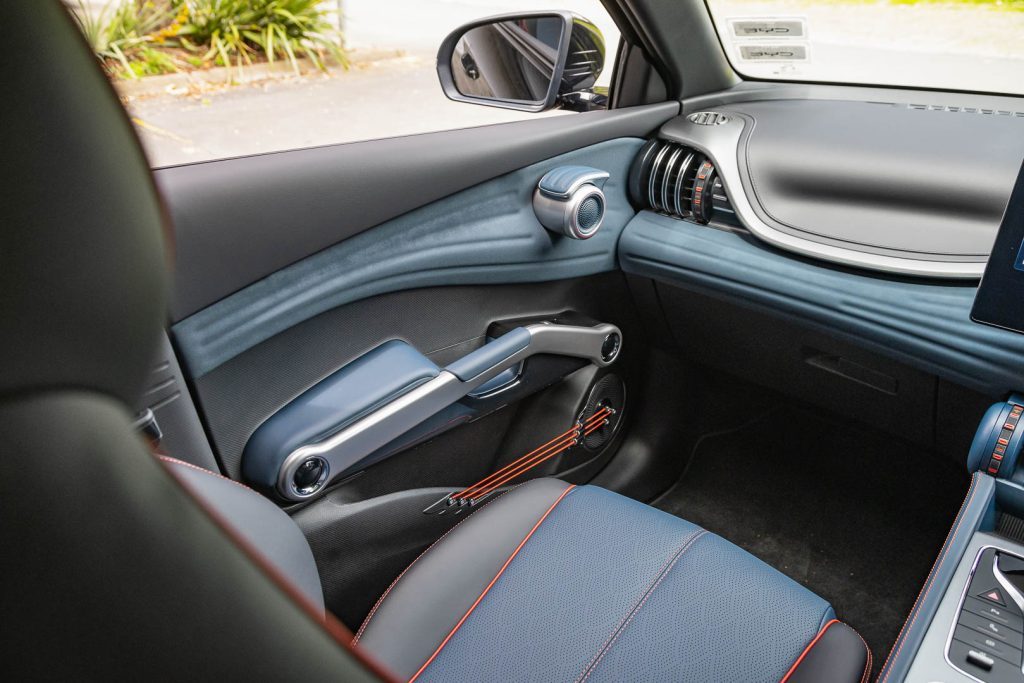
So for 2025, only minor but welcome changes to BYD’s Atto 3 timepiece. Expect a battery update in the second-generation.
| Model | BYD Atto 3 Extended |
| Price | $57,990 |
| Power | 150kW |
| Max Torque | 310Nm |
| Battery | LFP 60kWh |
| Drivetrain | Single-speed auto, FWD |
| 0-100 km/h | 7.19s |
| Power Use | 16kWh/100km |
| C02 Output | 0g/km |
| Weight | 1750kg (claimed) |
This article first appeared in the December/January 2025 issue of NZ Autocar magazine.


